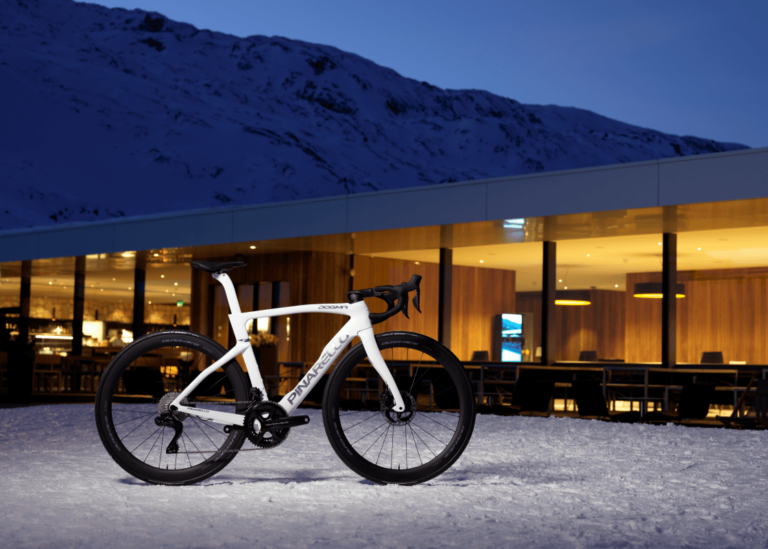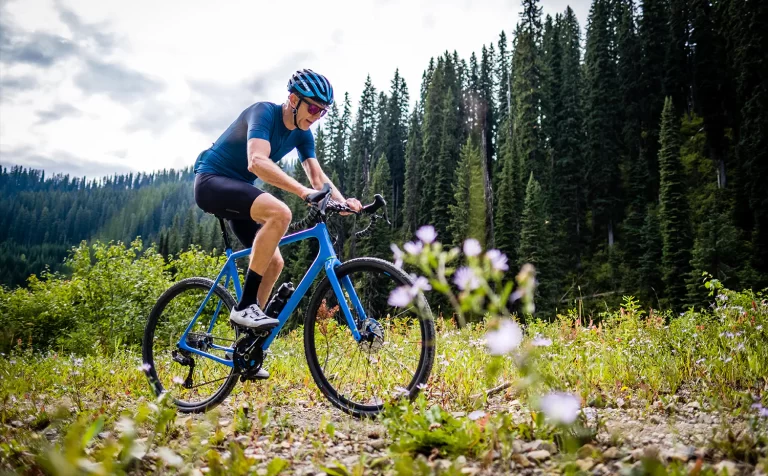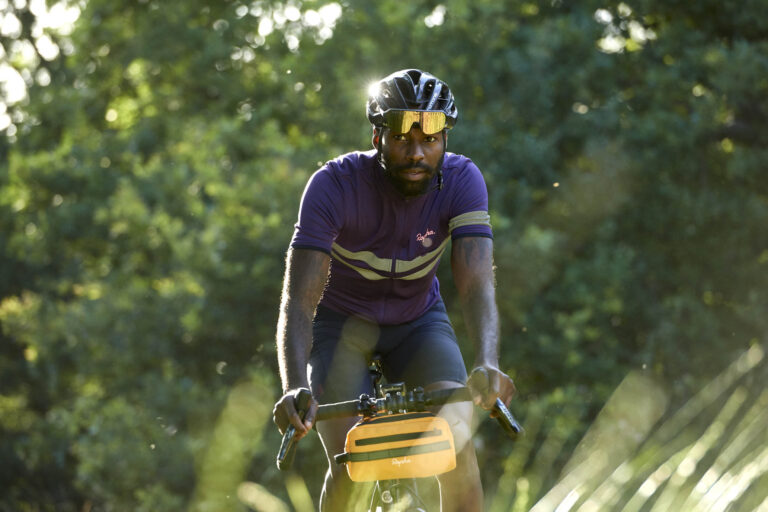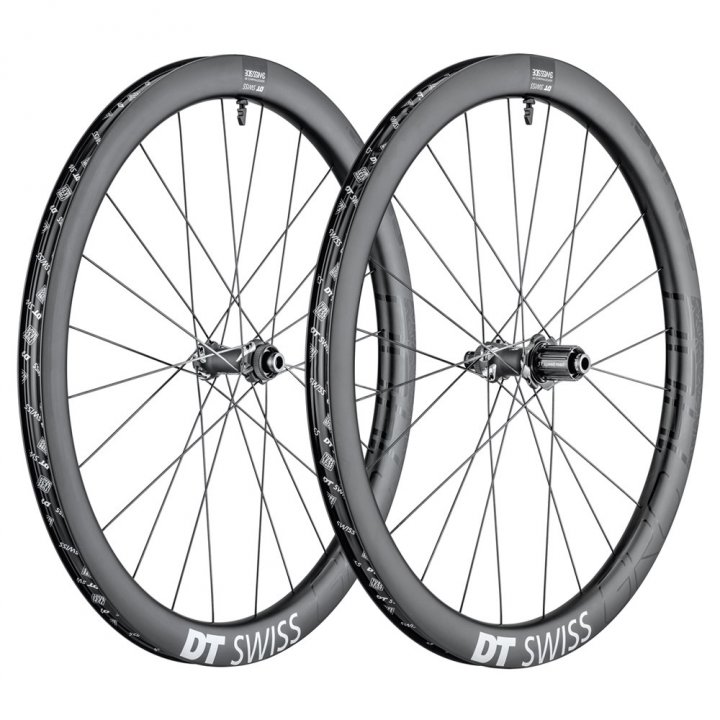Understanding Suspension Systems in Enduro Bikes: A Master Cyclist’s Guide

Key Point Summary of Suspension Systems in Enduro Bikes:
- Suspension Systems in Enduro: Enduro bikes are equipped with robust suspension systems designed to handle both high-speed descents and technical climbs efficiently.
- Setup for Enduro Biking: Proper setup involves adjusting sag, rebound, and compression settings to match rider weight and trail conditions.
- Tuning Tips: Regular maintenance and tuning, including air pressure adjustments and damper settings, optimize performance and comfort.
- Importance of Experimentation: Finding the perfect setup requires experimentation and adjustments based on personal riding style and preferences.
As a master cyclist who has spent years racing and riding across various disciplines including mountain biking, gravel biking, and cyclocross, I’ve come to appreciate the nuanced yet critical aspect of suspension systems in enduro bikes. My journey through the forests, over the mountains, and across rugged terrains has not only been a testament to endurance but also to the importance of a well-tuned bike. For those of you stepping into the world of enduro or looking to refine your setup, I hope to shed some light on the significance of suspension systems and how they can transform your riding experience.
The Heart of Enduro: Suspension Systems
At its core, an enduro bike’s suspension system is designed to offer riders a balance between efficient pedaling on climbs and robust support on descents. These bikes typically feature both front and rear suspension, with travel ranging from 140mm to 180mm, providing a cushion against the rough terrain and improving control and comfort.
During my early days of enduro riding, I quickly learned that the right suspension setup could be the difference between a harsh, uncontrollable ride and a smooth, enjoyable experience. It’s not just about having suspension; it’s about how you tune it to work with the trail and your riding style.

Setup for Enduro Biking: Finding Your Balance
The initial setup of your suspension system is pivotal. The process begins with setting the sag, which is essentially how much your suspension compresses under your weight when you’re sitting on the bike. A general rule of thumb is aiming for about 20-30% sag for enduro bikes, which ensures that the bike can absorb bumps efficiently while still providing enough support for pedaling and handling.
Adjusting the rebound and compression settings is next. Rebound controls how quickly your suspension returns after being compressed. Too fast, and you’ll feel like you’re bouncing off the terrain; too slow, and your bike might feel sluggish. Compression adjustment, on the other hand, affects how your suspension reacts to impacts. Low-speed compression adjustments help with pedal efficiency, while high-speed adjustments manage the absorption of bigger hits.
Tuning: An Art and Science
Tuning your suspension is both an art and a science. It requires understanding the basic mechanics but also relies heavily on personal feel and preference. For example, on a particularly rocky and technical trail I frequent, I found that increasing my fork’s air pressure slightly and dialing back the high-speed compression made for a smoother descent, reducing arm fatigue without sacrificing control.
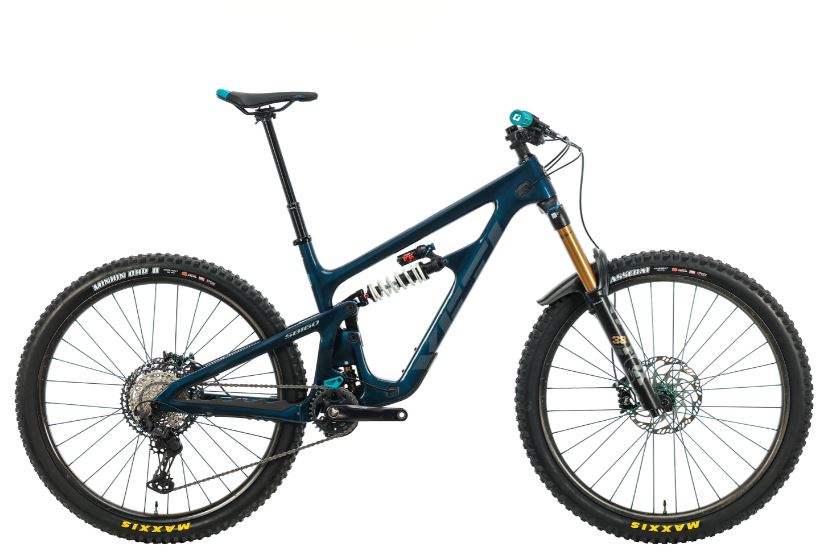
Don’t overlook the importance of regular maintenance. Keeping your suspension clean and serviced, including changing the oil and seals as recommended by the manufacturer, ensures that it performs optimally ride after ride.
Final Thoughts
Understanding and optimizing the suspension system on your enduro bike is a journey that enhances with every ride. It’s a blend of technical knowledge, personal preference, and a bit of trial and error. Whether you’re navigating your first trails or looking to refine your setup for better performance, the key lies in paying attention to how your bike interacts with the terrain and how it feels beneath you.
The goal is to find that sweet spot where efficiency, comfort, and control converge, elevating your enduro biking experience. Don’t hesitate to reach out to more experienced riders, seek professional help for initial setups, and always keep an open mind about adjusting and experimenting. Here’s to your next adventure on the trails, may your suspension be smooth, and your rides epic.

In 2023, the enduro bike market has seen a variety of top performers, each with its unique features, catering to different riding styles and preferences. Here’s a rundown of some of the best Enduro bikes of the year, highlighting their key characteristics and what sets them apart.
- Santa Cruz Hightower: Renowned for its versatility, the Hightower is designed to tackle all terrains effectively, offering a balance of geometry, specifications, and durability. It’s ideal for riders looking for a do-it-all bike.
- Juliana Roubion: This women’s bike is celebrated for its mix of a 29-inch front wheel and a 27.5-inch rear wheel, offering an excellent blend of speed and maneuverability.
- Transition Patrol Alloy GX: Known for its robust construction and high-performance capabilities on both ascents and descents.
- Norco Sight C1: This bike is praised for its cutting-edge technology and design, optimizing rider control and confidence on challenging trails.
- Yeti SB160: A standout for its superior suspension system, providing unmatched downhill performance while retaining uphill efficiency.
- Evil Wreckoning LS GX: Features a design focused on maximizing fun and agility on steep, technical descents.
- Devinci Spartan A 29 GX 12s: Offers a great mix of speed, stability, and agility, making it a solid choice for enduro racing and trail riding.
- Revel Rail GX: This bike is designed to excel in rough terrain, with a focus on suspension performance and rider comfort.
- Orbea Rallon M20: A mid-range option that doesn’t skimp on quality, with top-notch parts and pure enduro geometry for excellent mountain performance.
From a broader perspective, bikes like the Commencal Meta SX and Pivot Firebird have made a name for themselves in the enduro world. The Meta SX, with its ‘mullet’ wheel setup, offers a perfect blend of grip and maneuverability, while the Firebird is lauded for its podium-topping performance at Enduro World Series levels. The Nukeproof Mega Carbon 290 Elite stands out for its affordability in the carbon bike segment, offering a long, low, and slack geometry ideal for enduro riding and racing.
Other notable mentions include the Rocky Mountain Altitude Alloy 70 Coil, which is highly customizable with nine geometry and suspension settings, and the Specialized Enduro Comp, which lives up to its name with a design and build that’s purely enduro.

FAQ
Which bike has the best suspension system?
Determining which bike has the best suspension system is subjective and depends on several factors, including the type of riding, rider preference, terrain, and the bike’s overall design. However, high-end mountain bikes from brands like Santa Cruz, Specialized, Yeti, and Trek are often praised for their innovative and effective suspension systems, offering a blend of comfort, control, and efficiency. Each of these brands uses a unique approach to suspension design to cater to different riding styles and conditions.
What suspension does KTM have?
KTM, known for its motorcycles, typically utilizes WP Suspension systems. WP is renowned for its high-performance shock absorbers and forks, catering to both off-road and on-road motorcycles. KTM’s choice of WP Suspension reflects its commitment to providing riders with superior handling and comfort, regardless of the terrain.
What is FSR suspension?
FSR suspension refers to the “Future Shock Rear” system developed by Specialized. It’s a type of four-bar linkage suspension design that separates braking and pedaling forces from the suspension action. This design aims to ensure efficient power transfer while maintaining traction and control over rough terrain, making it a popular choice for mountain bikes.
What type of suspension is DW Link?
DW Link is a patented suspension system created by Dave Weagle. It’s a dual-link design that aims to optimize efficiency, traction, and suspension performance across a wide range of terrains. Bikes with DW Link suspension, such as those from Pivot and Ibis, are known for their climbing efficiency and plush, controlled descents. The system is designed to minimize pedal bob and provide a stable pedaling platform while ensuring that the suspension remains active and responsive when needed.


